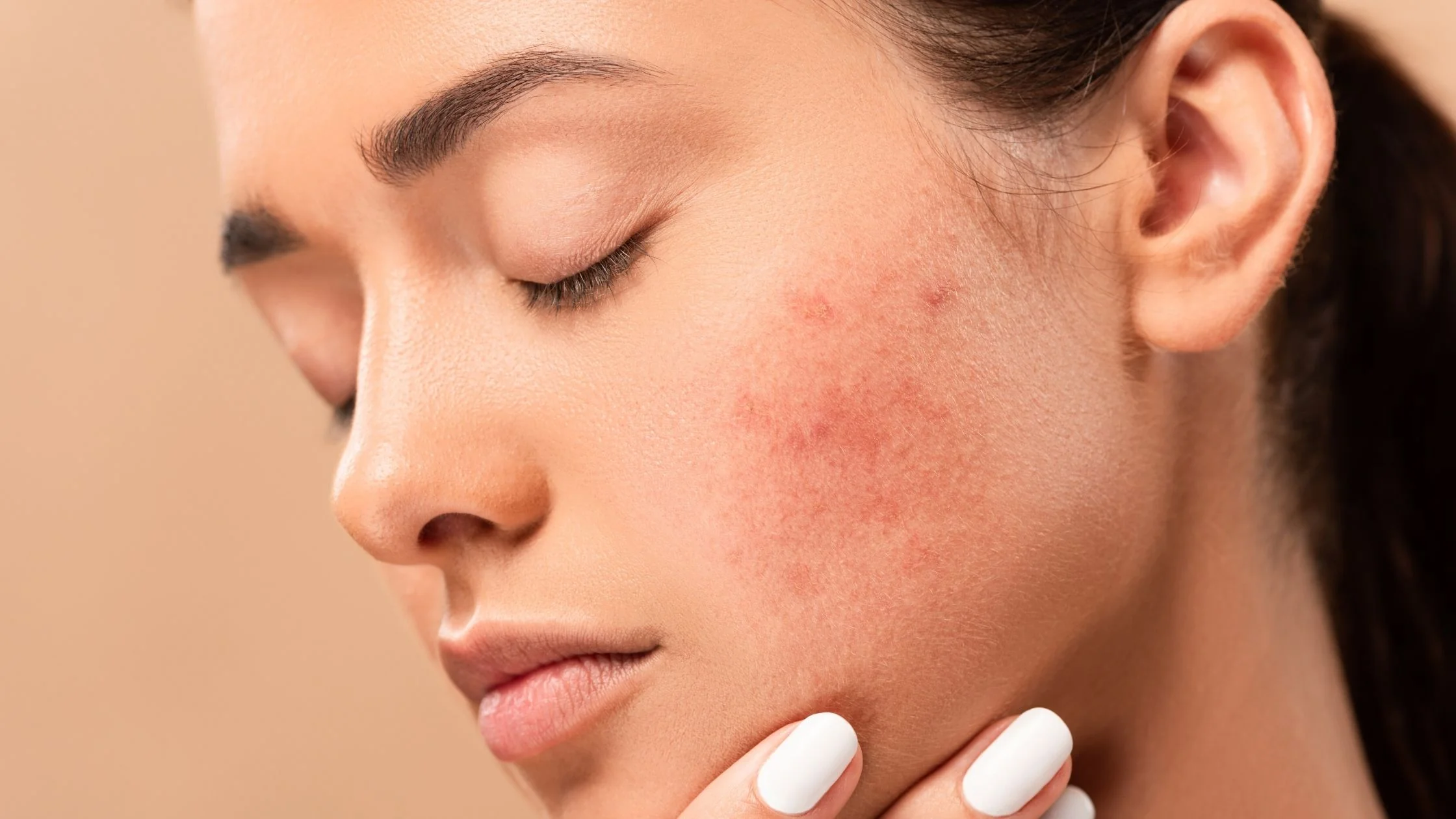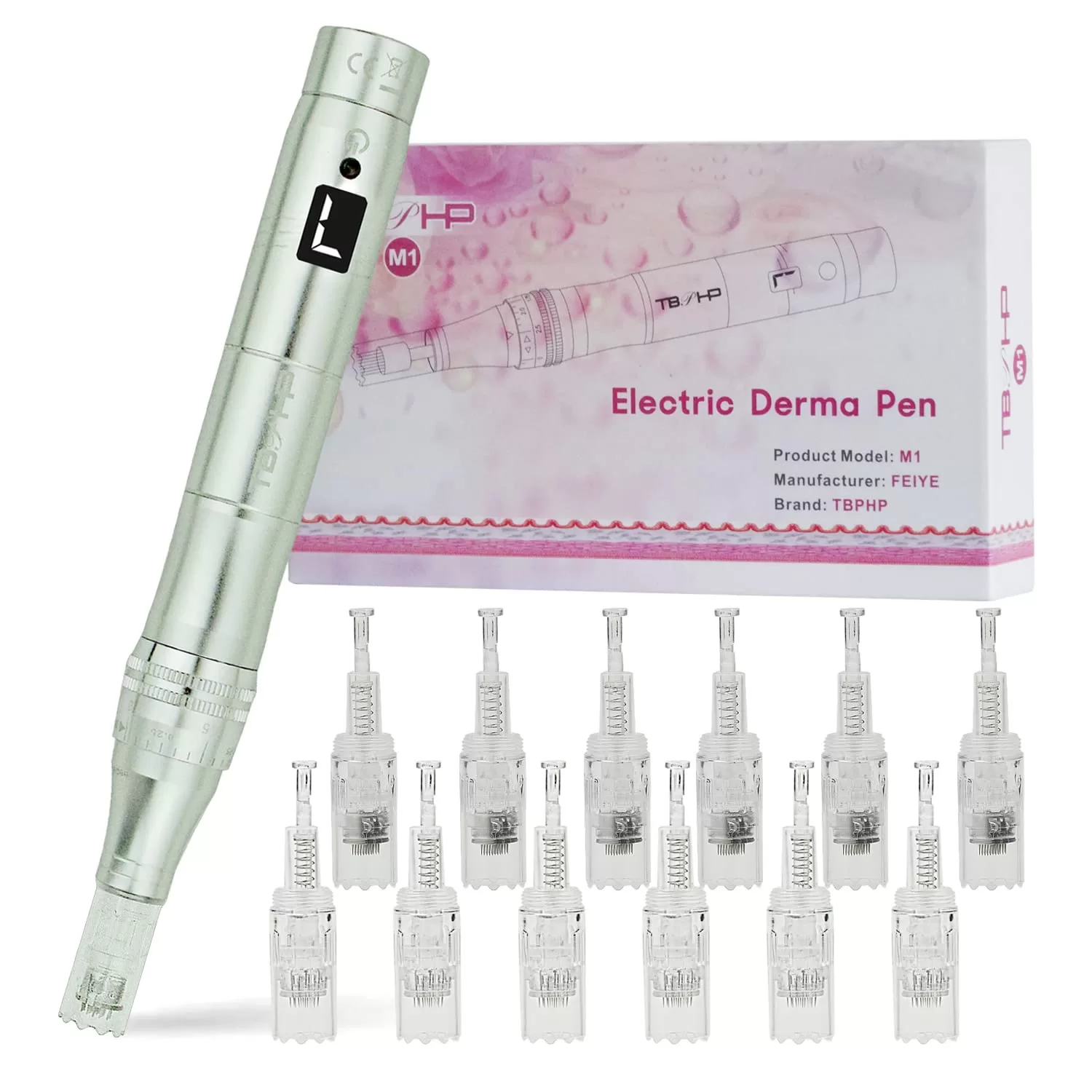Reduce Acne Scarring: Proven Home and Professional Treatments
reduce acne scarring: Acne scars can be a frustrating aftermath of breakouts. While they may not completely vanish, various treatments and home care routines can significantly improve their appearance. Understanding the different types of acne scars is crucial for choosing the most effective approach.

Understanding Different Types of Acne Scars
Acne scars can vary in appearance and depth, influencing the best treatment options. Here are the primary types:
- Ice pick scars: Deep, narrow, and often pitted scars resembling an ice pick puncture.
- Boxcar scars: Characterized by broad, shallow depressions in the skin.
- Rolling scars: Wavy, uneven scars that cause the skin to appear bumpy.
- Hypertrophic scars: Raised, red scars that extend beyond the original wound boundary.
- Keloid scars: Thick, raised scars that grow beyond the original wound and can spread to surrounding tissue.
Home Care for Acne Scars
While home remedies may not completely erase scars, they can help improve their appearance and overall skin health.
- Gentle exfoliation: Using products containing alpha-hydroxy acids (AHAs) like glycolic acid or lactic acid, or beta-hydroxy acids (BHAs) like salicylic acid, can help remove dead skin cells and promote skin renewal. (keywords: best exfoliator for acne scars, how to exfoliate acne scars safely)
- Product recommendations:
- The Ordinary Glycolic Acid 7% Toning Solution

Paulas Choice–SKIN PERFECTING 2% BHA Liquid Salicylic Acid Exfoliant–Facial Exfoliant for Blackheads, Enlarged Pores, Wrinkles & Fine Lines, 4 oz Bottle
- Moisturization: Keeping your skin hydrated helps maintain elasticity and can improve the appearance of scars. Look for non-comedogenic moisturizers suitable for your skin type.
- Sunscreen: Protecting your skin from the sun is essential to prevent darkening of scars and potential hyperpigmentation. Opt for broad-spectrum sunscreen with SPF 30 or higher.
- Over-the-counter products: Some products containing retinoids, vitamin C, or niacinamide can help improve skin texture and tone. However, consult a dermatologist before starting new products.
Professional Treatments for Acne Scarring
For more significant scar improvement, professional treatments are often necessary.
- Chemical peels: These involve applying chemical solutions to remove the top layer of skin, revealing smoother skin underneath.
- Microdermabrasion: This procedure uses a special instrument to exfoliate the top layer of skin, improving texture and reducing the appearance of shallow scars.
- Laser therapy: Different types of lasers target various scar types. Fractional laser resurfacing is commonly used for acne scars.
- Subcision: A minimally invasive procedure that releases tethered scar tissue, improving the appearance of depressed scars.
- Dermal fillers: Injectable fillers can plump up indented scars, making them less noticeable.
- Microneedling: This procedure involves creating tiny punctures in the skin to stimulate collagen production and improve scar texture.
Additional Tips for Acne Scar Treatment
- Patience is key: Scar improvement takes time. Consistent skincare and professional treatments will gradually yield results.
- Consult a dermatologist: For personalized advice and treatment recommendations based on your specific scar type and skin condition.
- Protect your skin: Avoid picking or squeezing pimples, as it can lead to more scarring.
- Hydration: Drink plenty of water to keep your skin hydrated from within.
- Healthy diet: A balanced diet rich in antioxidants and vitamins can support skin health.

The Complete Heart Healthy Cookbook for Beginners: 2100 Days of Easy and Nutritious Recipes, Low in Fat and Salt to Reduce Cholesterol and Blood Pressure,…
By combining appropriate home care with professional treatments, you can significantly improve the appearance of your acne scars and regain confidence in your skin.
Remember: While home remedies and over-the-counter products can be beneficial, severe or deep scars may require professional medical intervention. Always consult a dermatologist for personalized guidance and treatment options.
FAQs “Reduce Acne Scarring: Proven Home and Professional Treatments”
FAQ 1: What are the most common types of acne scars?
Answer: The most common types of acne scars include:
- Ice pick scars: Deep, narrow, and often pitted scars.
- Boxcar scars: Broad, shallow depressions in the skin.
- Rolling scars: Wavy, uneven scars.
- Hypertrophic scars: Raised, red scars.
- Keloid scars: Thick, raised scars that grow beyond the original wound.
FAQ 2: Can I get rid of acne scars at home?
Answer: While home remedies can help improve the appearance of acne scars, they may not completely eliminate them. Consistent use of gentle exfoliants, moisturizers, and sunscreen can help.
FAQ 3: What are some effective professional treatments for acne scars?
Answer: Professional treatments for acne scars include:
- Chemical peels: Exfoliate the top layer of skin.
- Microdermabrasion: Removes the top layer of skin.
- Laser therapy: Targets specific scar types.
- Subcision: Releases tethered scar tissue.
- Dermal fillers: Fill in indented scars.
- Microneedling: Stimulates collagen production.
FAQ 4: How long does it take to see results from acne scar treatments?
Answer: The time it takes to see results varies depending on the severity of the scars and the chosen treatment. It may take several weeks or months to notice significant improvement.
FAQ 5: Can I prevent acne scars?
Answer: While it’s not always possible to prevent acne scars, you can reduce your risk by:
- Avoiding picking or popping pimples.
- Seeking early treatment for acne.
- Using gentle skincare products.
- Protecting your skin from the sun.
Summary
Acne scars can significantly impact one’s confidence. Fortunately, there are various methods to reduce acne scarring. This article delves into different types of acne scars, providing insights into effective home care routines and professional treatments. From gentle exfoliation and moisturization to laser therapy and dermal fillers, options abound to address specific scar concerns. Remember, consistency is key when aiming to reduce acne scarring. For personalized advice, consulting a dermatologist is recommended.
Explore more articles like this @ Where And How Resources








